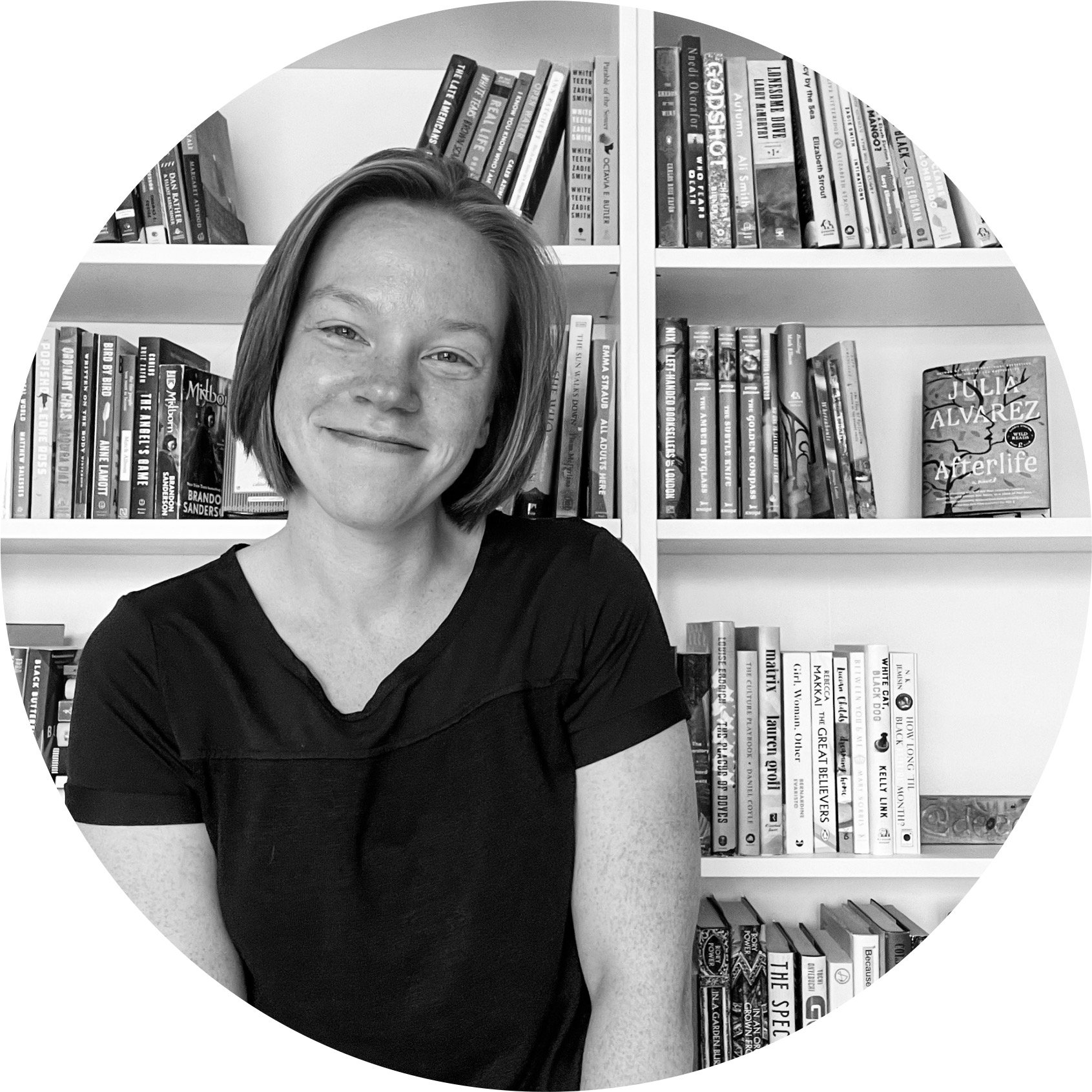The White Album
Author: Joan Didion
Publisher: Simon & Schuster (original edition, 1979)
Goodreads | The StoryGraph
Click above to buy this book from my Bookshop.org shop, which supports independent bookstores (not Amazon). You can also find it via your favorite indie bookstore here.
Note: Content and trigger warnings are provided for those who need them at the bottom of this page. If you don’t need them and don’t want to risk spoilers, don’t scroll past the full review.
Cover Description
An extraordinary report on the aftermath of the 1960s in America by the New York Times–bestselling author of South and West and Slouching Towards Bethlehem.
In this landmark essay collection, Joan Didion brilliantly interweaves her own “bad dreams” with those of a nation confronting the dark underside of 1960s counterculture.
From a jailhouse visit to Black Panther Party cofounder Huey Newton to witnessing First Lady of California Nancy Reagan pretend to pick flowers for the benefit of news cameras, Didion captures the paranoia and absurdity of the era with her signature blend of irony and insight. She takes readers to the “giddily splendid” Getty Museum in Los Angeles, the cool mountains of Bogotá, and the Jordanian Desert, where Bishop James Pike went to walk in Jesus’s footsteps—and died not far from his rented Ford Cortina. She anatomizes the culture of shopping malls—“toy garden cities in which no one lives but everyone consumes”—and exposes the contradictions and compromises of the women’s movement. In the iconic title essay, she documents her uneasy state of mind during the years leading up to and following the Manson murders—a terrifying crime that, in her memory, surprised no one.
Written in “a voice like no other in contemporary journalism,” The White Album is a masterpiece of literary reportage and a fearless work of autobiography by the National Book Award–winning author of The Year of Magical Thinking (The New York Times Book Review). Its power to electrify and inform remains undiminished nearly forty years after it was first published.
TL;DR Review
The White Album is an essay collection that asks for your close attention, but Joan Didion’s sentences are worth it. Parts of it went over my head, I think, but it will make a good reread.
For you if: You’re interested in the 1960s and/or want a starting place for Didion’s work.
Full Review
Joan Didion is one of those writers I have always meant to read, but just hadn’t gotten to yet. So after she recently died, and then I saw that the Center for Fiction was hosting a reading group on her works, I immediately signed up. So this was my first Joan Didion, but I’ll be reading three more over the next three months (and I’m looking forward to it).
The White Album is a collection of essays written in the 1970s, mostly ruminating on aspects of life in California the 1960s. The title essay opens with that famous quote — “We tell ourselves stories in order to live” — which is actually taken out of context when it’s printed on t-shirts and things. Because she goes on to say that we’re constantly attempting to fit narrative and reason into events (“the sermon in the suicide,” for example) that she’s increasingly convinced are random and pointless. She’s lost her faith in stories.
Which is ironic for someone whose skill with words is so mind-blowingly incredible. Tbh, I could read Didion’s sentences all day no matter what. I mean, look at this random sentence I plucked:
“All day at this empty house three maintenance men try to keep the bulletproof windows clean and the cobwebs swept and the wild grass green and the rattlesnakes down by the river and away from the thirty-five exterior wood and glass doors. All night at this empty house the lights stay on behind the eight-foot chain-link fence and the guard dogs lie at bay and the telephone, when it rings, startles by the fact that it works.”
I’m also currently reading Still Mad: American Women Writers and the Feminist Imagination by Sandra M. Gilbert and Susan Gubar, which looks at women writers and their influence on feminism since the 50s. That deepened my reading experience of this collection a lot, having it top of mind how women writers at that time were reeling from the promise of cultural norms in the 50s and developing their own take on feminist theory in the 60s.
Anyway. This isn’t a beach read; it demands your attention and close reading. And like you might expect from a set of historical intellectual essays, some of this book went over my head. But I’m glad I read it, and I’m sure that a reread in the future will unwrap even more worthy layers.
Content and Trigger Warnings
Depression
Suicide attempt (minor)


